8F1 Mathematics
Section outline
-
EXPLORE / TŪHURA learning intentions:
- We are EXPLORING...the interpretation of statistical information and Reports
- We are EXPLORING...working with data and displaying of data
- We are EXPLORING...the statistical inquiry cycle.
Week 2:
1. Ninja Math (5 minutes)
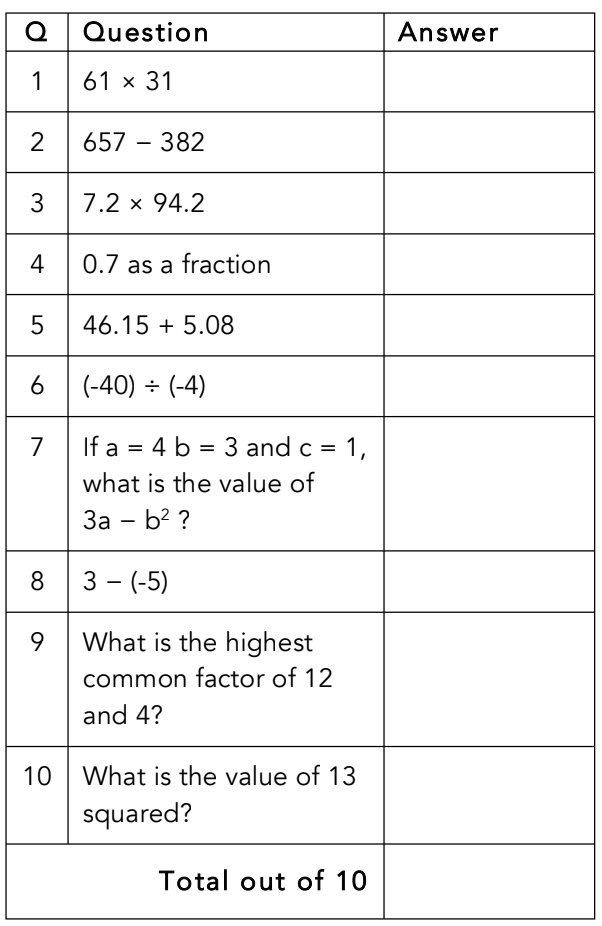
2. Group work: Interpretation of Statistical information and reports: powerpoint discussion
Power point questions
- Read the information
-discussion as a group
- answer the questions in your class workbook
- discuss the answers in class
-
EXPLORE / TŪHURA learning intentions:
- We are EXPLORING...the interpretation of statistical information and Reports
- We are EXPLORING...working with data and displaying of data
- We are EXPLORING...the statistical inquiry cycle.
Week 3:
Problem Solving: Can you solve this problem?

Interpreting statistical displays and reports
Once you have solved the problem, answer these 3 Statistics questions
Question 1:
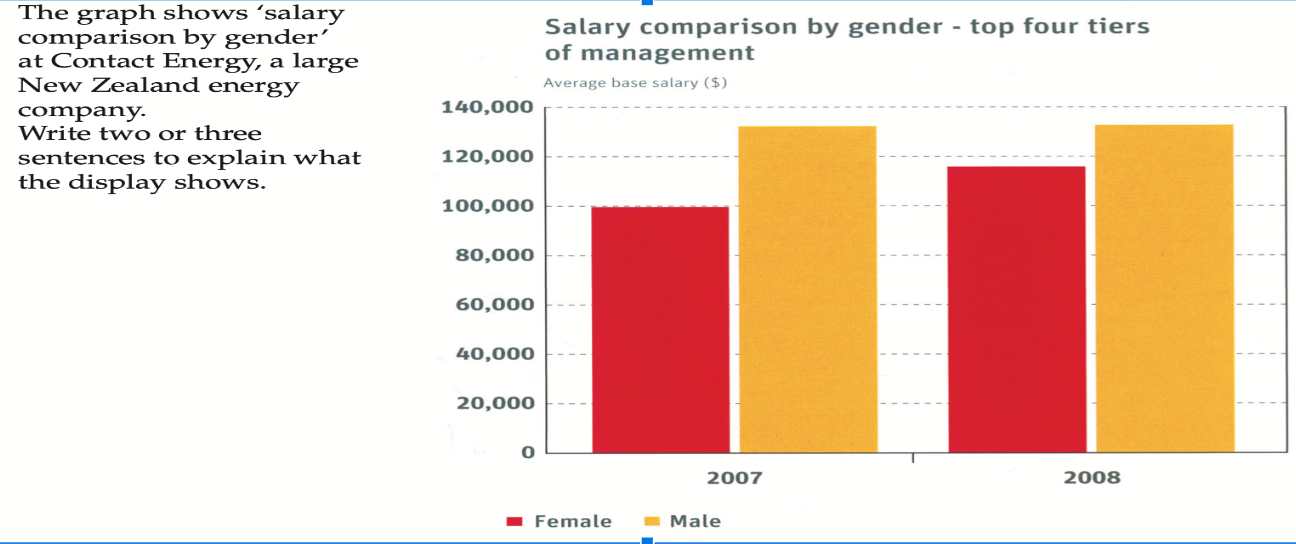
Question 2:
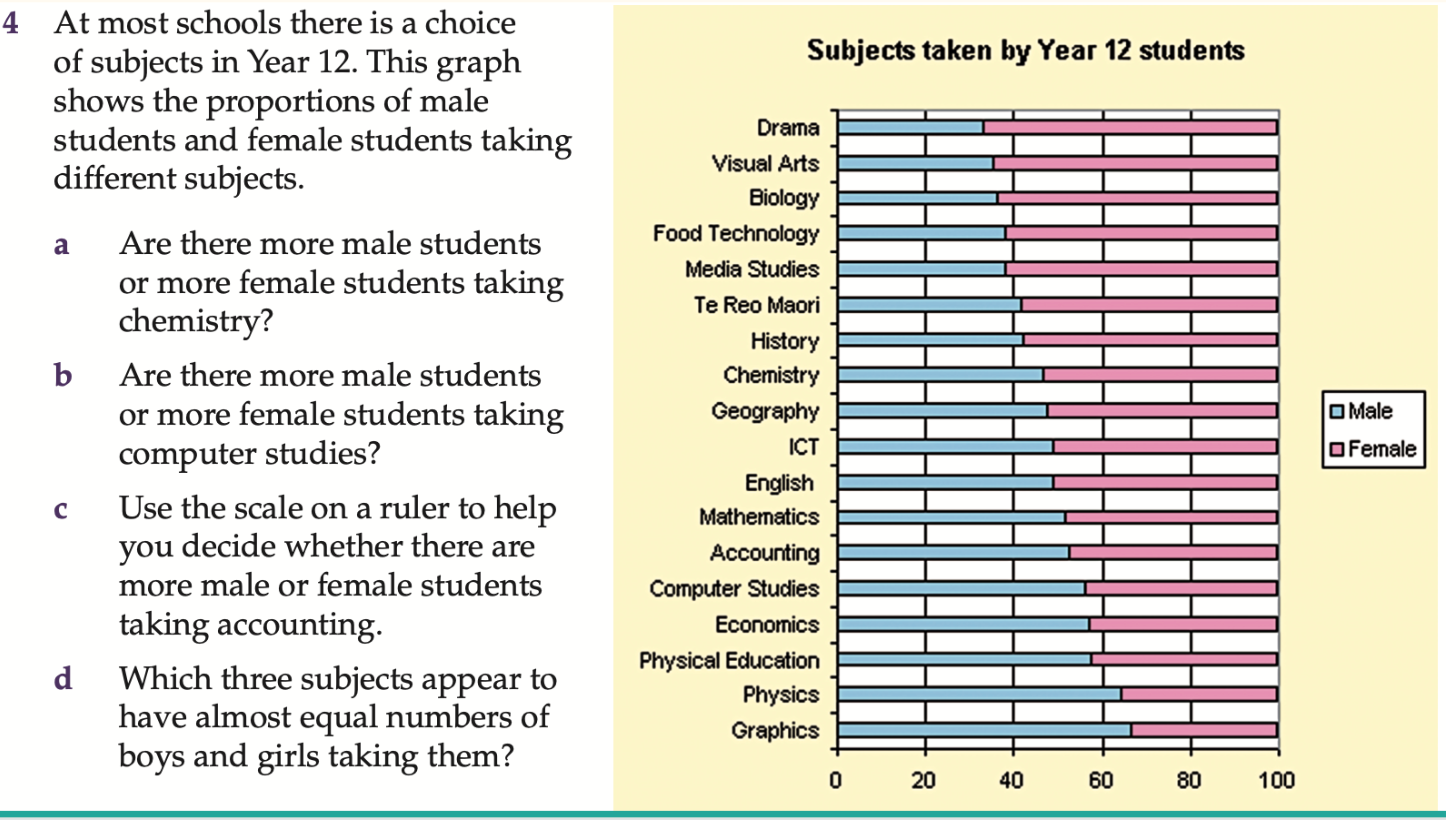
Question 3:
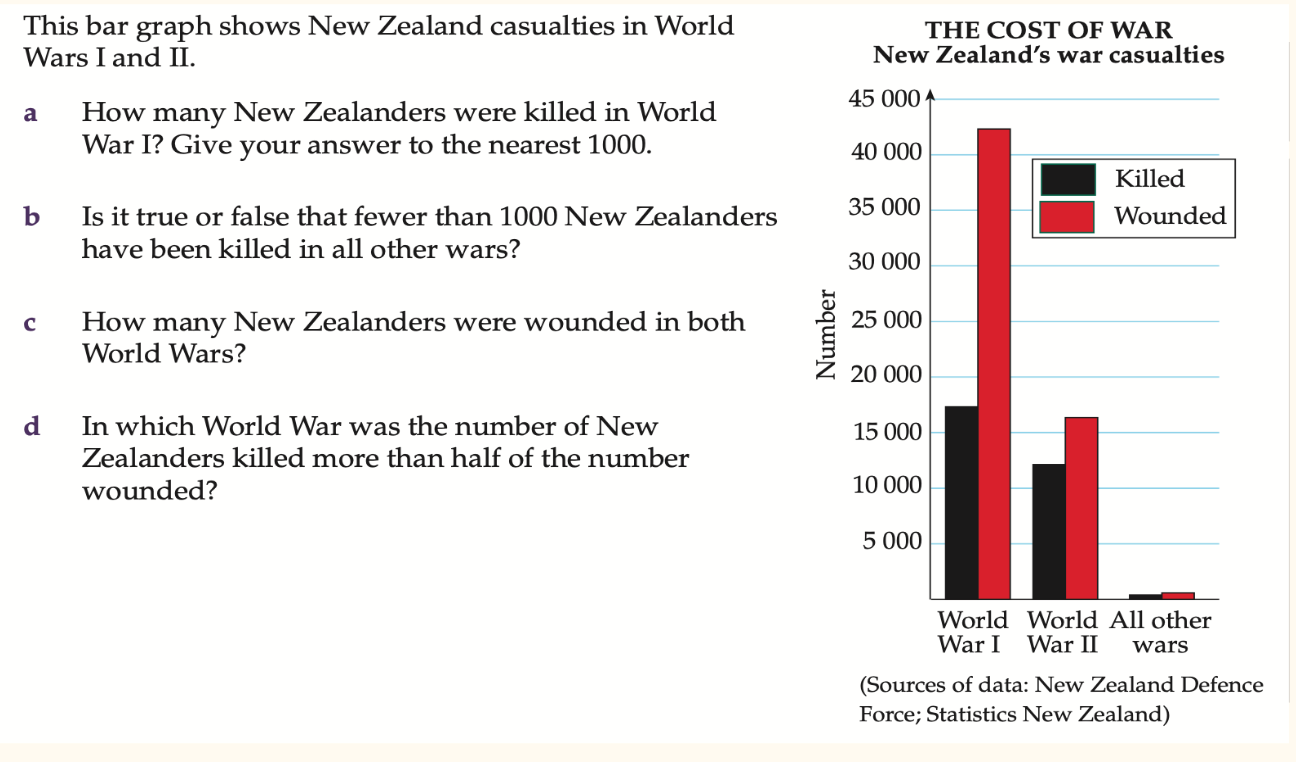
Session 2:
Math problem for session 2:
Interpreting statistical displays and reports: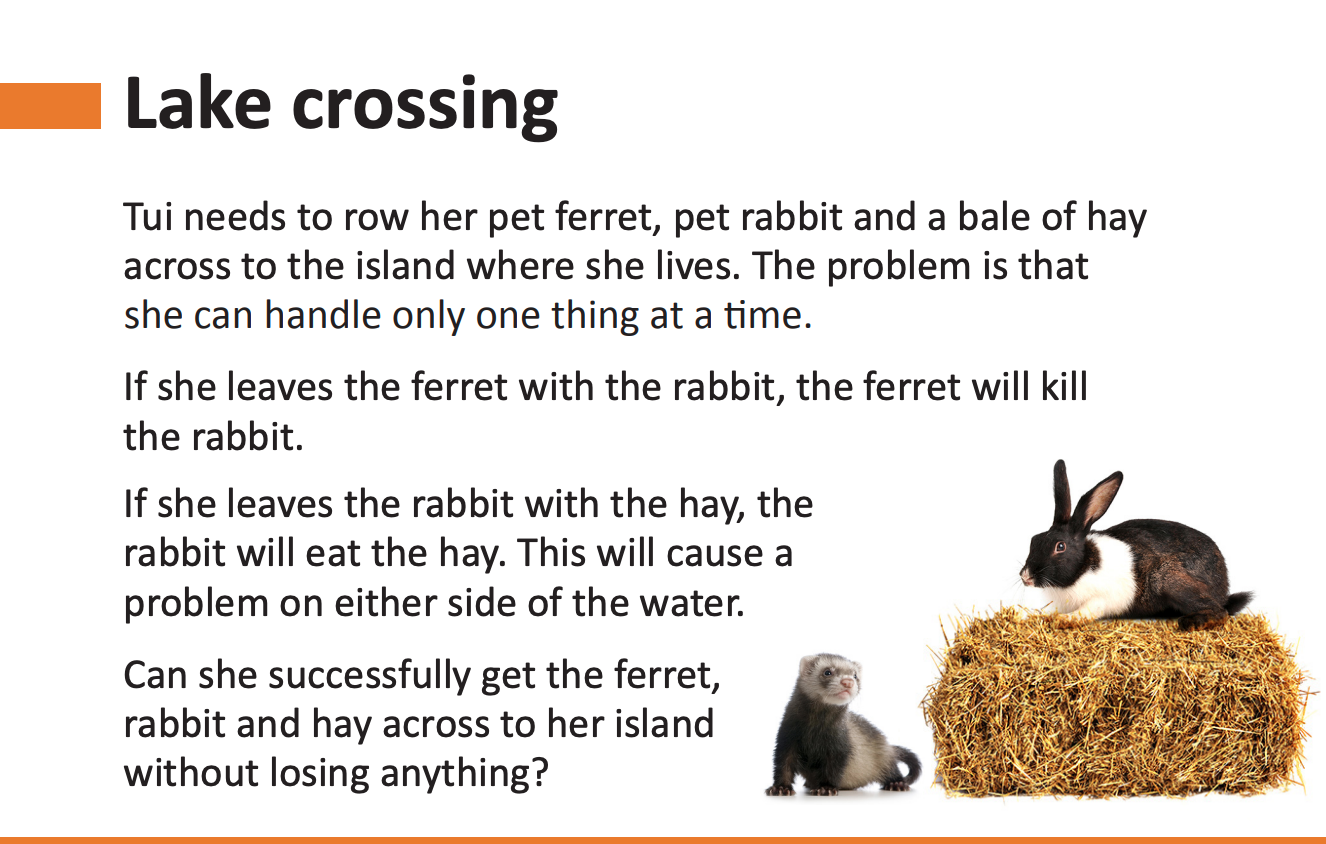
Question 4:
Question 5: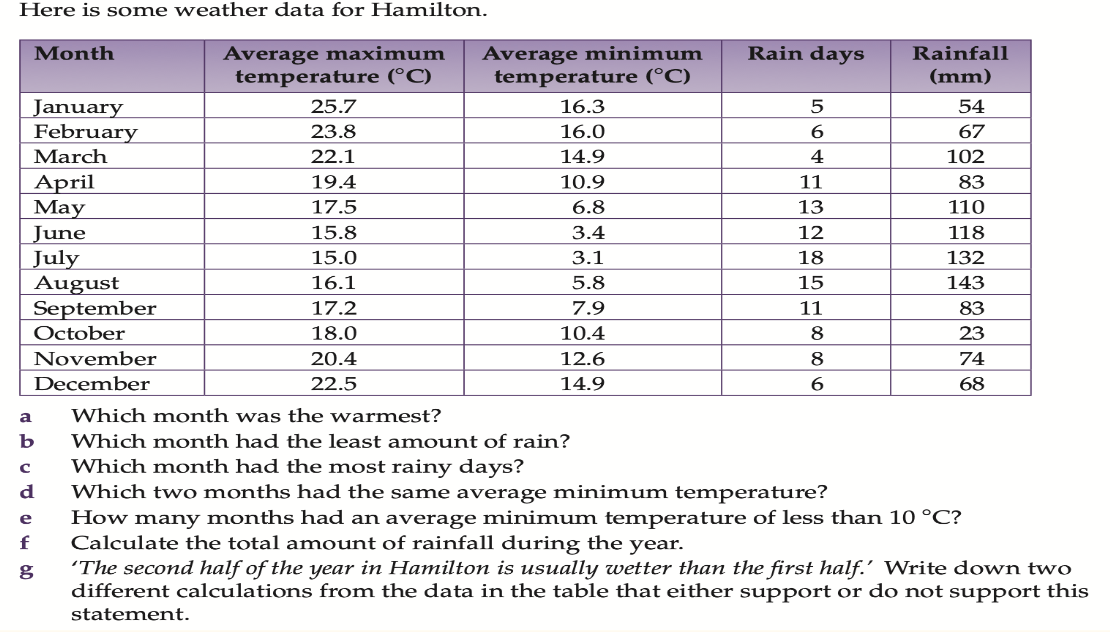
Please email your answers to me:
rjacobs@mhjc.school.nz
Session 3:
Hei Mahi:
1. LUDI
Math Problem: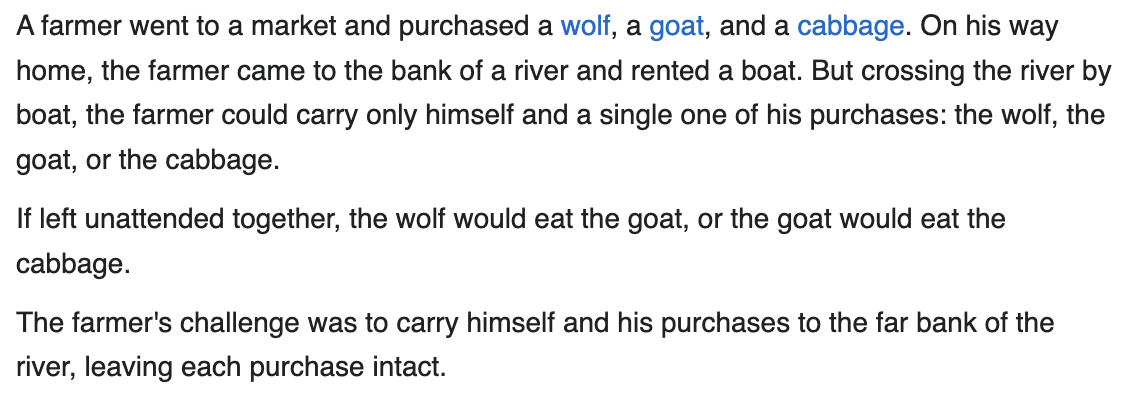
Koronga Ako:
1. Interpreting statistical displays and reports:
Group discussions -
EXPLORE / TŪHURA learning intentions:
- We are EXPLORING...the interpretation of statistical information and Reports
- We are EXPLORING...working with data and displaying of data
- We are EXPLORING...the statistical inquiry cycle.
Hei Mahi:
You have 5 minutes to complete 10 Questions. Focus on the strategies you will use to solve the problems.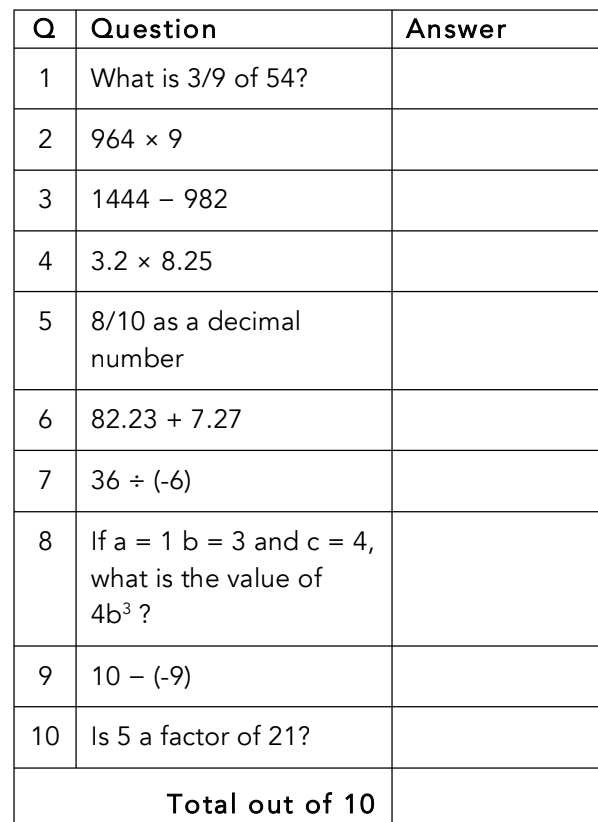
Koronga Ako:
To work out the median, mean, mode and range of statistical data.
Classwork:
Go to Google Classroom. We will mark the answers at the end of the session.
In your groups, complete the worksheets on mean, median, mode and range. Write the answers in your class workbook.
Session 2:
Hei Mahi: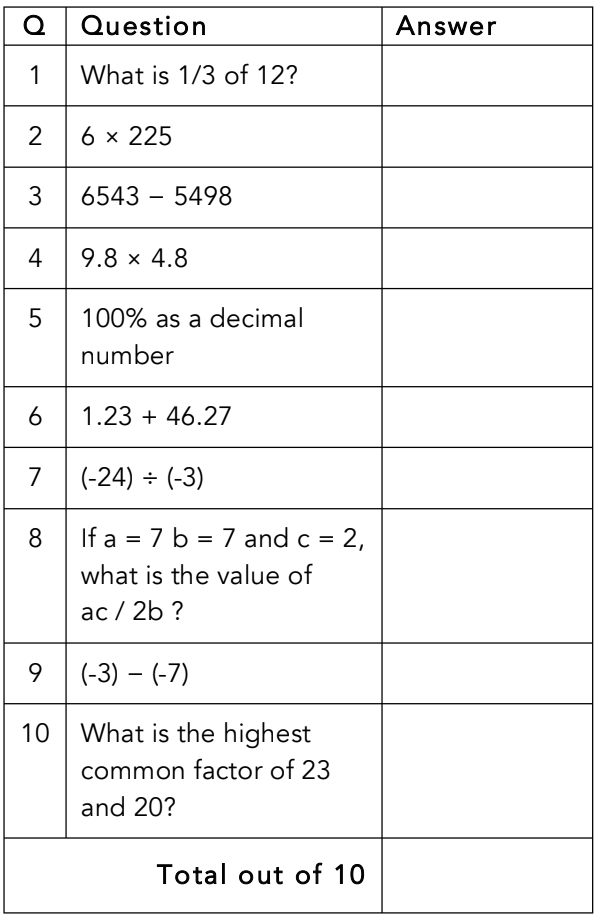
Koronga Ako
To do a tally chart and enter frequencies.
Group work:
Go to Google Classroom and complete the 2 questions on Tally charts and Frequency Tables in you class workbook.
Session 3:
Hei Mahi:
Do LUDI
Koronga Ako:Interpreting statistical displays and reports: frequency tables.
In your groups, go to Google Classroom and discuss and answer the questions in your class workbook
-
Session
EXPLORE / TŪHURA learning intentions:
- We are EXPLORING...the interpretation of statistical information and Reports
- We are EXPLORING...working with data and displaying of data
- We are EXPLORING...the statistical inquiry cycle.
Hei Mahi:
You have 5 minutes to complete 10 Questions. Focus on the strategies you will use to solve the problems.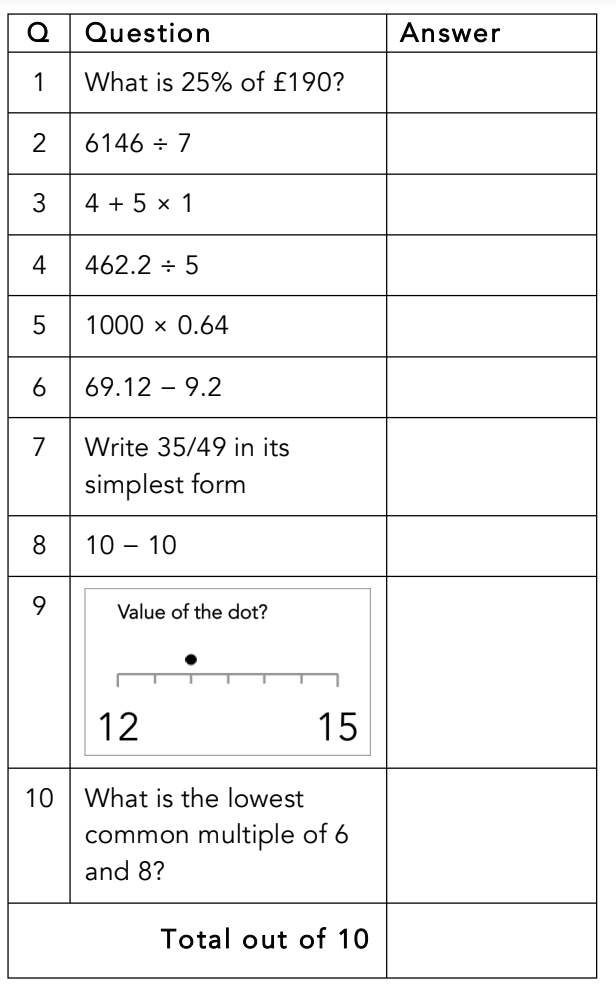
Koronga ako:
Finding averages: Mean, Median & Mode from a frequency Table.
Go to Google Classroom, and working in your group, answer the questions in your class workbook.
Session 3:
Hei mahi:
Go to Ludi - basic facts.
Koronga Ako:
To be able to create, read and analyse a Stem and Leaf plot.
Group work: Go to Google Classroom and answer all the questions in your class workbook. Make sure that you discuss the graphs and the questions with your group members. -
Session
EXPLORE / TŪHURA learning intentions:
- We are EXPLORING...the interpretation of statistical information and Reports
- We are EXPLORING...working with data and displaying of data
- We are EXPLORING...the statistical inquiry cycle.
Hei Mahi:
You have 5 minutes to complete 10 Questions. Focus on the strategies you will use to solve the problems.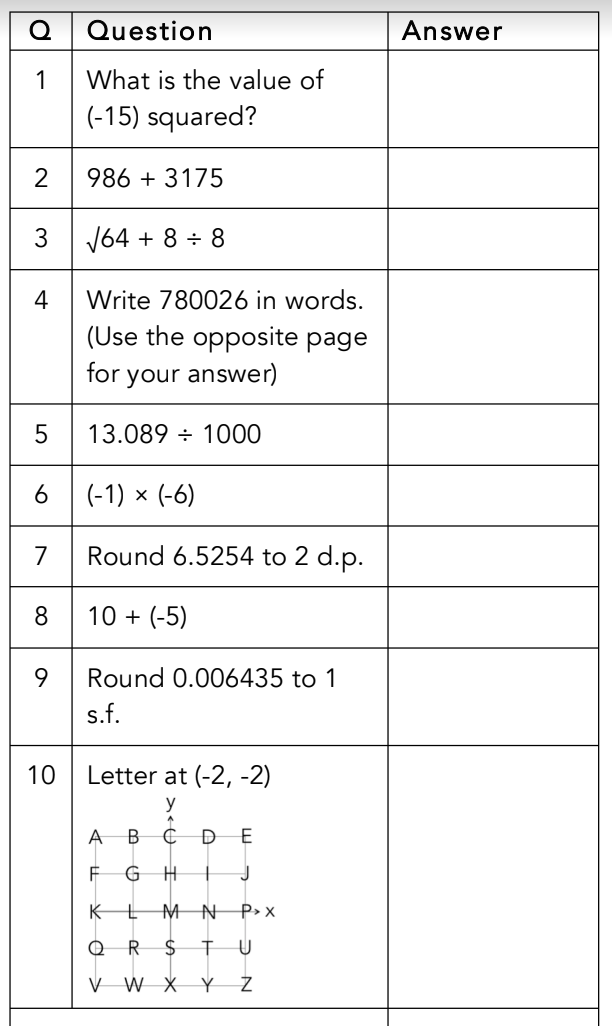
Mark your answers on the Frequency Table and Stem and Leaf Plot.
Koronga Ako:
Be able to do and analyse a DOT PLOT using statistical data
Classwork:
Work in your Math groups, discuss the information and answer the questions in your class workbook.
Session 2:
Hei Mahi:
You have 5 minutes to complete 10 Questions. Focus on the strategies you will use to solve the problems.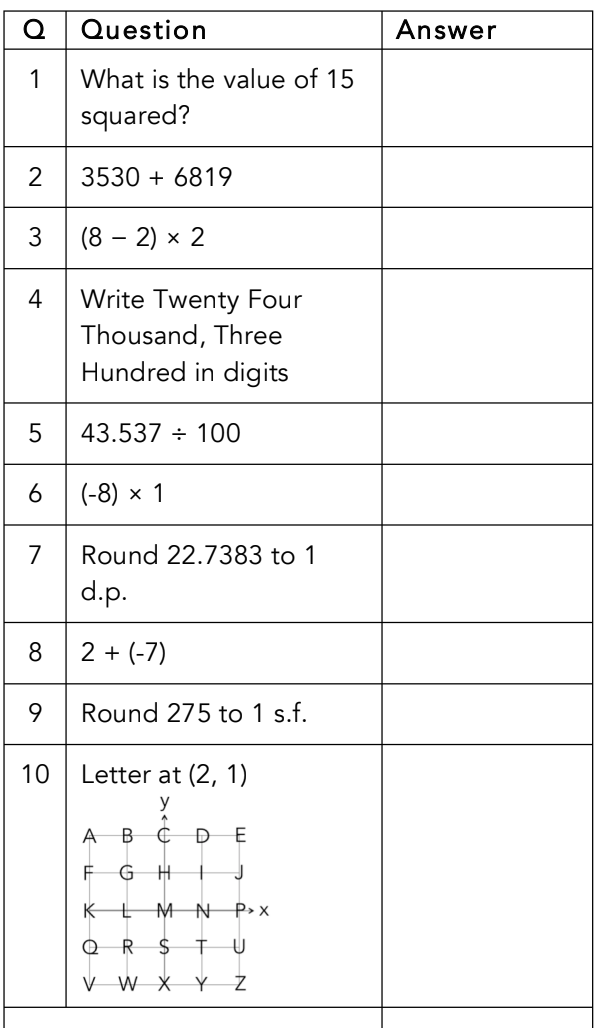
Koronga Ako:
To create a Dot Plot, read, analyse and interpret dot plots
Classwork:
Go to Google Classroom and as a group, read, discuss and answer the questions on PIE GRAPHS
Session 3:
Hei Mahi:
LUDI - Challenge yourself!!
Koronga Ako:
To be able to understand, draw and interpret Pie Graphs.
Classwork:
Work in your Groups and complete the questions on Pie Graphs in your class workbooks.
-
KSession
EXPLORE / TŪHURA learning intentions:
- We are EXPLORING...the interpretation of statistical information and Reports
- We are EXPLORING...working with data and displaying of data
- We are EXPLORING...the statistical inquiry cycle.
Hei Mahi:
You have 5 minutes to complete 10 Questions. Focus on the strategies you will use to solve the problems.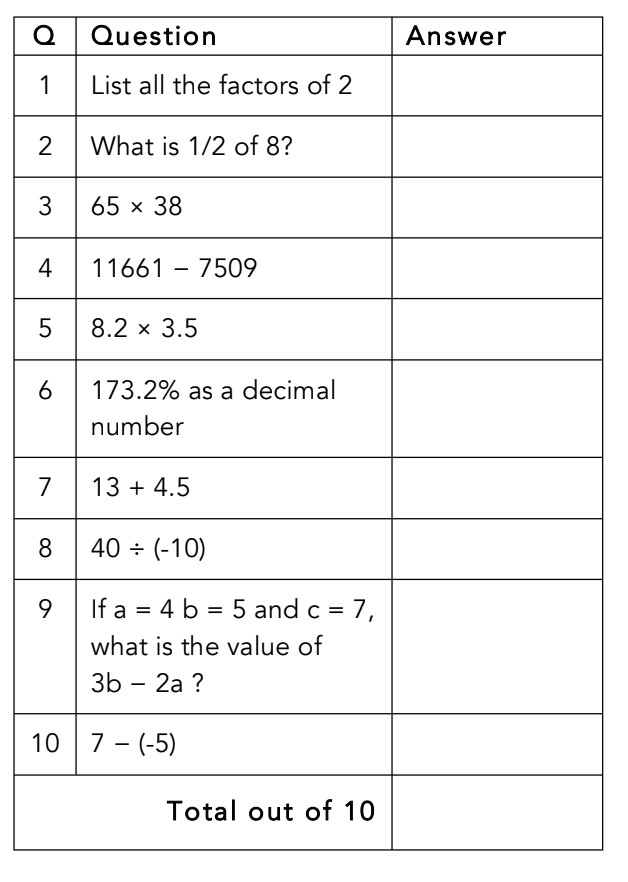
Koronga ako:
Be able to draw, read and interpret a Bar Graph
Classwork:
Work in your group and complete the questions on Bar Graphs.
Session 2:
Hei Mahi:
LUDI : Challenge yourself!!!
Koronga Ako:
1. Be able to read, understand and analyse Bar Graphs and Histograms.
2. Be able to read, understand and draw Box and Whiskers graphs -
KSession
EXPLORE / TŪHURA learning intentions:
- We are EXPLORING...the interpretation of statistical information and Reports
- We are EXPLORING...working with data and displaying of data
- We are EXPLORING...the statistical inquiry cycle.
Hei Mahi:

Koronga Ako:
Be able to use the PPDAC cycle to do an investigation.
Session 2:
Hei Mahi: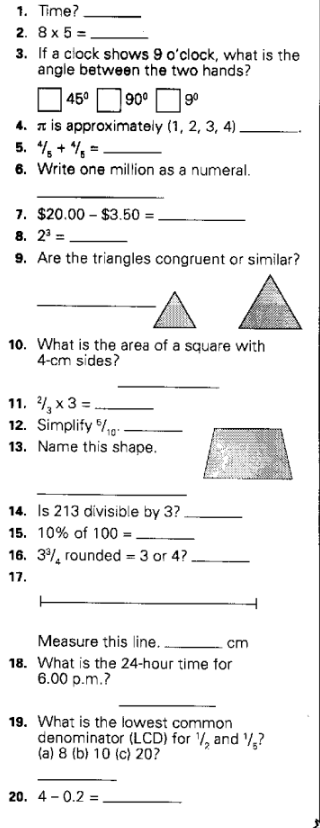
Koronga Ako:
To be able to do a PPDAC investigation.
Classwork:
Use the information on Google classroom and complete your PPDAC revision task.
Session 3:
Hei Mahi:
Ludi - extend yourself.
Koronga ako:
Do your revision exercise -
KSession
EXPLORE / TŪHURA learning intentions:
- We are EXPLORING...the interpretation of statistical information and Reports
- We are EXPLORING...working with data and displaying of data
- We are EXPLORING...the statistical inquiry cycle.
You have 10 minutes to complete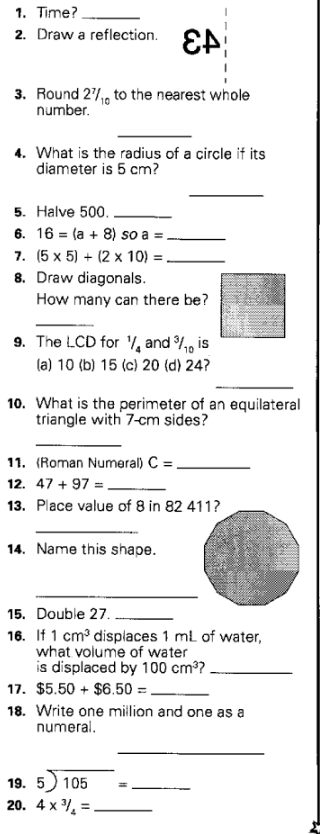
Hei Mahi: -
TERM 2: Welcome to Term 2. The Strand we will learn about is MEASUREMENT.
EXPLORE / TŪHURA learning intentions:
- We are EXPLORING...metric conversions
- We are EXPLORING...the length of different objects
- We are EXPLORING...the area of different objects
- We are EXPLORING...the perimeter of different objects
- We are EXPLORING...the volume of different objects
Session 1:
* Hei Mahi:
Strategy and knowledge challenge
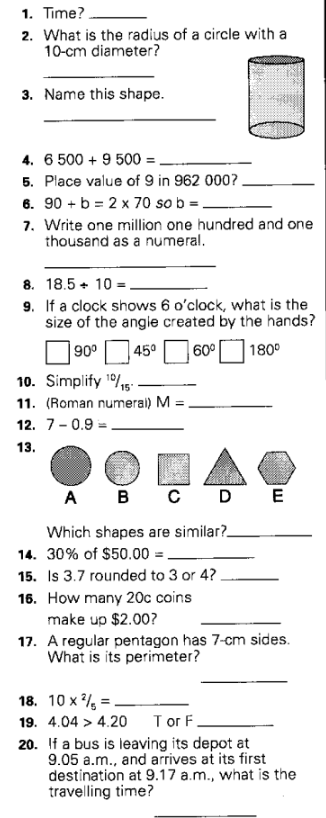
*Koronga Ako:
- To be able to do Metric conversions.
- Classwork:
Go to Google classroom and complete the task.
Hei Mahi:
1. Ludi - extend yourself!!
Koronga Ako:
Be able to do metric conversions.
Classwork:
1. Marking of classwork - metric conversions
2. Go to Google Classroom and complete the worksheet -
he Strand we will learn about is MEASUREMENT.
EXPLORE / TŪHURA learning intentions:
- We are EXPLORING...metric conversions
- We are EXPLORING...the length of different objects
- We are EXPLORING...the area of different objects
- We are EXPLORING...the perimeter of different objects
- We are EXPLORING...the volume of different objects
Session 1:
* Hei Mahi:
Strategy and knowledge challenge
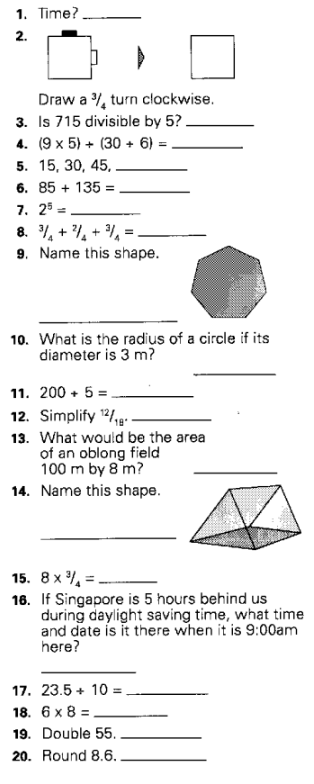
Koronga ako:
1. To be able to understand and do metric conversions.
Classwork:
Go to Google classroom and do the two activity sheets in your book.
Session 2:* Hei Mahi:
Strategy and knowledge challenge

Koronga Ako:
Be able to read analog (am/pm) and digital time (24h time)
1. Go to Google Classroom
2 Mark your answers of the previous activities
3. Once you are finished, do the activity sheet on TIME in your class workbook.
4. Extra for experts: Once you are finished with the first activity on time, try the second activity
Session 3:
Hei Mahi:
1. LUDI - Challenge yourself!!
Koronga ako:
Be able to calculate the perimeter of different geometrical shapes
Go to Google Classroom:
1. Do the questions on Perimeter
2. Once your have completed your work on PERIMETER...
3. Do the planning of your obstacle course
4. Hand in your class workbook to be evaluated and given a bookmark -
he Strand we will learn about is MEASUREMENT.
EXPLORE / TŪHURA learning intentions:
- We are EXPLORING...metric conversions
- We are EXPLORING...the length of different objects
- We are EXPLORING...the area of different objects
- We are EXPLORING...the perimeter of different objects
- We are EXPLORING...the volume of different objects
Session 1:
* Hei Mahi:
Strategy and knowledge challenge
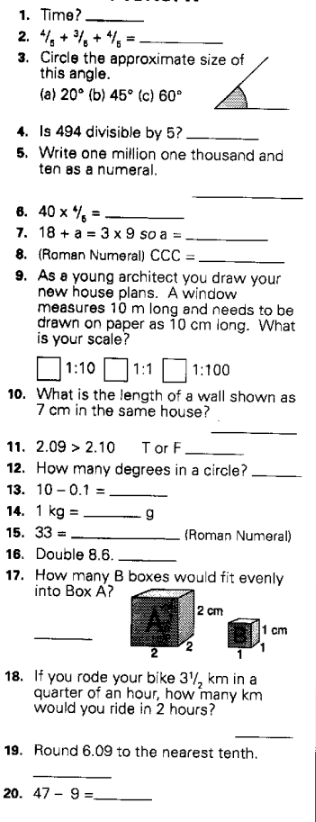
Koronga ako:
1. Be able to add and subtract TIME
2. Be able to change pm time to 24hour time
Classwork:
1. Go to Google classroom and mark your exercise on TIME. Correct the ones you got wrong.
2. Once you have marked your exercise, go to Google Classroom and do the sheet on Perimeter in your class workbook.
3. Your assignment due in week 8
4. How to complete your tracking sheet
Session 2:
Hei Mahi :

Koronga ako:
1. Be able to add and subtract TIME.
2. Change pm time to 24 hour time
3. Be able to work out the perimeter of shapes and objects
Classwork:
Go to Google Classroom1. Mark your work on TIME and correct your wrong answers. Fill in the answers of the questions you have not done or could not do. If you do not understand how to do the questions, please ask.2. Once you have completed the questions on TIME, do the questions on Perimeter in your class workbook -
The Math Strand we will learn about is MEASUREMENT.
EXPLORE / TŪHURA learning intentions:
- We are EXPLORING...metric conversions
- We are EXPLORING...the length of different objects
- We are EXPLORING...the area of different objects
- We are EXPLORING...the perimeter of different objects
- We are EXPLORING...the volume of different objects
Session 1 & 2:
* Hei Mahi:
Strategy and knowledge challenge. Can you do these questions in 10 minutes?

* Koronga Ako:
Be able to calculate the area of shapes and composite shapes
* Classwork:
1. Complete your work on Perimeter and mark your answers.2. Go to Google Classroom and do the attached activity sheets on Area in your class workbook.3. Once you have completed the activity sheet on Area, you can work on designing your obstacle course
Session 3:
Hei Mahi:
1. LUDI - If you always do what you've always done - you will always get what you always got!!
Koronga ako:
1. Go to Google Classroom and mark your answers for AREA
2. Do AREA of a circle in your class workbook
3. Remember to hand in your class workbook for a bookmark
4. Once you have completed your activity sheet on AREA of a circle, work on your obstacle course design
-
The Math Strand we will learn about is MEASUREMENT.
EXPLORE / TŪHURA learning intentions:
- We are EXPLORING...metric conversions
- We are EXPLORING...the length of different objects
- We are EXPLORING...the area of different objects
- We are EXPLORING...the perimeter of different objects
- We are EXPLORING...the volume of different objects
Session 1 & 2:
* Hei Mahi:
Strategy and knowledge challenge. Can you do these questions in 10 minutes?
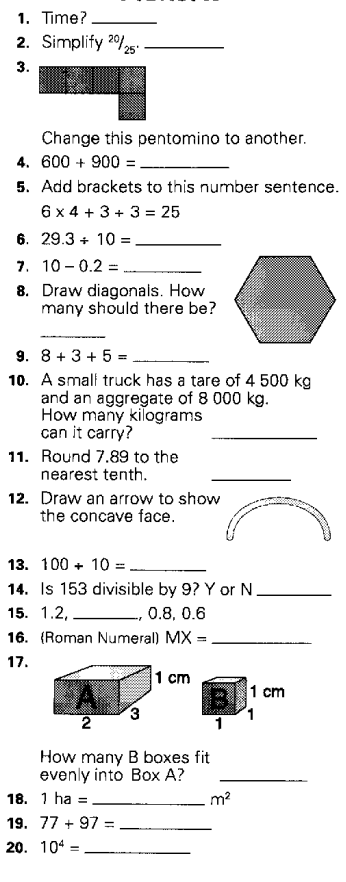
Koronga ako:
Be able to do the area of circles and the area of composite circle shapes
Classwork:1. Do the activity worksheet on area of circles2. Once your have completed the activity - mark your answers.3. Do the activity worksheet on composite circle areas
Session 2:
Hei Mahi:
Koronga ako:
1.Be able to calculate the area of circles and composite shapes.
2. Construction of an obstacle course.
Class work:
1. Go to Google Classroom and complete the activity sheets on circles and composite shapes.
Session 3:
Hei Mahi:
1. LUDI-Don't be happy with what you are comfortable with .
Good, better, best -never let it rest- until your good is better and your better best!
2. Classwork:
1. Planning of your obstacle course - read the instructions! -
The Math Strand we will learn about is MEASUREMENT.
EXPLORE / TŪHURA learning intentions:
- We are EXPLORING...metric conversions
- We are EXPLORING...the length of different objects
- We are EXPLORING...the area of different objects
- We are EXPLORING...the perimeter of different objects
- We are EXPLORING...the volume of different objects
Session 1 :
* Hei Mahi:
Strategy and knowledge challenge. Can you do these questions in 10 minutes
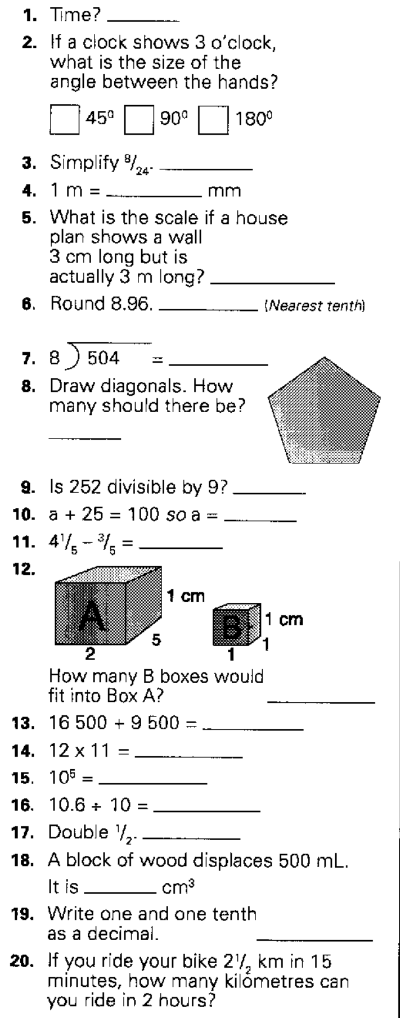
Koronga ako:
Be able to calculate the volume of 3D shapes.
Classwork:
1. Go to Google Classroom and mark you previous work on area of Circles.
2. Do the activity sheet on Volume in your class workbook.
3. Once you have completer the activity sheet on Volume, work on your obstacle course.
Session 2:
Koronga ako:
Estimated lengths from scale drawings and photos.
Classwork:
1. Go to Google Classroom and mark your answers on Volume
2. On Google Classroom, do the activity sheet on scale drawings -
The Math Strand we will learn about is MEASUREMENT.
EXPLORE / TŪHURA learning intentions:
- We are EXPLORING...metric conversions
- We are EXPLORING...the length of different objects
- We are EXPLORING...the area of different objects
- We are EXPLORING...the perimeter of different objects
- We are EXPLORING...the volume of different objects
Session 1 :
* Hei Mahi:
Strategy and knowledge challenge. Can you do these questions in 10 minutes

Koronga Ako:
Be able to use a variety of shapes to complete the obstacle course
1.Read the criteria for your obstacle course again on Google Classroom and determine whether you are meeting the criteriia.Session 3:
* Hei Mahi:
Go to LUDI - Challenge yourself.
Koronga ako:
work on your obstacle course -
The Math Strand we will learn about is MEASUREMENT.
EXPLORE / TŪHURA learning intentions:
- We are EXPLORING...metric conversions
- We are EXPLORING...the length of different objects
- We are EXPLORING...the area of different objects
- We are EXPLORING...the perimeter of different objects
- We are EXPLORING...the volume of different objects
Session 1:
* Hei Mahi:
Challenge yourself.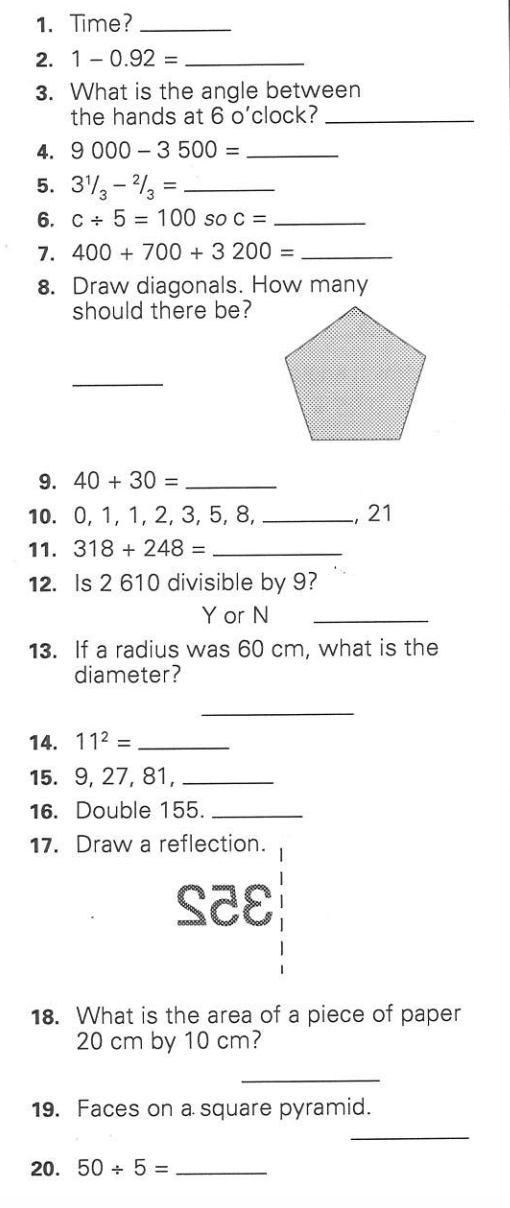
Koronga ako:
Work on your obstacle course - Due Date: 19 June. -
The Math Strand we will learn about is MEASUREMENT.
EXPLORE / TŪHURA learning intentions:
- We are EXPLORING...metric conversions
- We are EXPLORING...the length of different objects
- We are EXPLORING...the area of different objects
- We are EXPLORING...the perimeter of different objects
- We are EXPLORING...the volume of different objects
Session 1:
Work on the measurements of your obstacle course - DUE IN ON 19 JUNE
No free-hand drawings will be accepted!
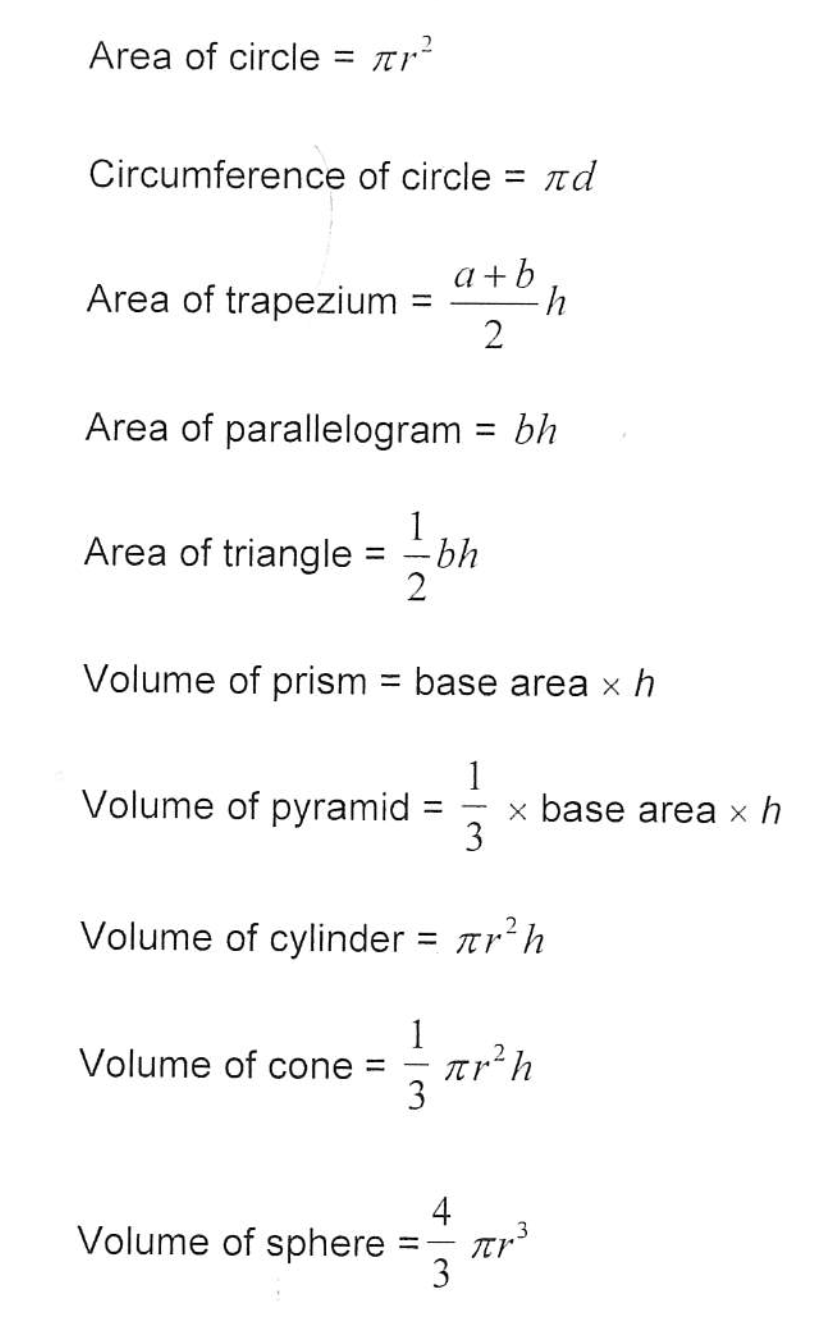
Session 2:
Koronga Ako:
Be able to construct geometrical shapes using different units of measurement
Classwork:
Work on your Obstacle Course:
1. Read the instructions on Google Classroom again and make sure you know what the expectations are.
2. Familiarise yourself with the marking rubrics
3. NO freehand drawings will be accepted
4. Due date is Friday, 23 June at 3.00pm
-
The Math Strand we will learn about is MEASUREMENT.
EXPLORE / TŪHURA learning intentions:
- We are EXPLORING...metric conversions
- We are EXPLORING...the length of different objects
- We are EXPLORING...the area of different objects
- We are EXPLORING...the perimeter of different objects
- We are EXPLORING...the volume of different objects
Session 1:
* Hei Mahi:
Challenge yourself.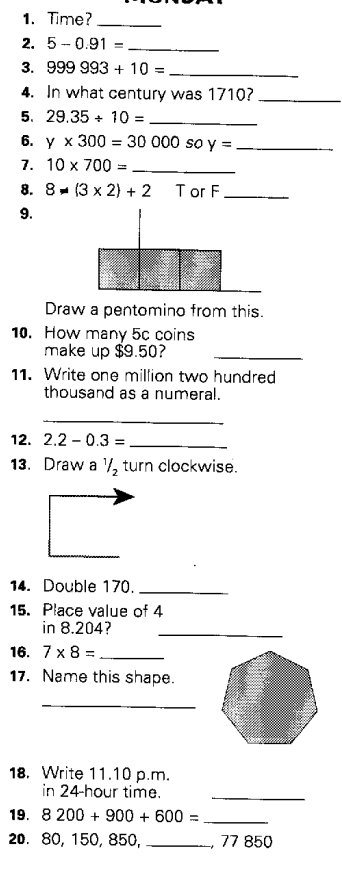
Koronga ako:
Isometric drawings: think and draw 3D shapes
Classwork:
Go to Google Classroom for the shapes you have to draw on Isometric paper. -
Walt:
To understand Ratio and proportion.
Task: Let us look at the end product y = mx+c
Prior knowledge:
BEDMAS, highest common factor, lowest common multiples.
Using common factors to factorize and expand.
Simplifying fractions to reduce the numerator as 1 to get unit rate.
. Expression: done
Equation: done. Coeffecient, pronumeral, constant. Done
Terms, like, unlike: Done
equivalent fractions: Done
Enlargement: Right angled triangles.
Ratio: done, proportion: - right angle triangle
rate: as m as in y=mx +c.
Independent variable x axis /Dependent variable y axis: Graphs
Rise/run: rise y axis, run x axis:: graphs
Unit rate: rise /run: graphs
Gradient: done (m) positive and negative gradient: Graphs.
S/C: Using y=mx+c to solve problems in context.
-
Walt:
To understand Ratio and proportion.
Task: Let us look at the end product y = mx+c
Prior knowledge:
BEDMAS, highest common factor, lowest common multiples.
Using common factors to factorize and expand.
Simplifying fractions to reduce the numerator as 1 to get unit rate.
. Expression: Done
Equation: done. Coeffecient, pronumeral, constant. Done
Terms, like, unlike: Done
equivalent fractions: Done
Enlargement: Right angled triangles.
Ratio: done, proportion: - right angle triangle
rate: as m as in y=mx +c.
Independent variable x axis /Dependent variable y axis: Graphs
Rise/run: rise y axis, run x axis:: graphs
Unit rate: rise /run: graphs
Gradient: (m) positive and negative gradient: Graphs.
S/C: Using y=mx+c to solve problems in context.
-
Walt:
To understand Ratio and proportion.
Task: Let us look at the end product y = mx+c
Prior knowledge:
BEDMAS, highest common factor, lowest common multiples.
Using common factors to factorize and expand.
Simplifying fractions to reduce the numerator as 1 to get unit rate.
. Expression: Done
Equation: done. Coeffecient, pronumeral, constant. Done
Terms, like, unlike: Done
equivalent fractions: Done
Enlargement: Right angled triangles.
Ratio: done, proportion: - right angle triangle
rate: as m as in y=mx +c.
Independent variable x axis /Dependent variable y axis: Graphs
Rise/run: rise y axis, run x axis:: graphs
Unit rate: rise /run: graphs
Gradient: done (m) positive and negative gradient: Graphs.
S/C: Using y=mx+c to solve problems in context.
-
Walt:
To understand Ratio and proportion.
Task: Let us look at the end product y = mx+c
. Expression: Done
Equation: done. Coeffecient, pronumeral, constant. Done
Terms, like, unlike: Done
equivalent fractions: Done
Enlargement: Right angled triangles.
Ratio: done, proportion: - right angle triangle
rate: as m as in y=mx +c.
Independent variable x axis /Dependent variable y axis: Graphs
Rise/run: rise y axis, run x axis: : graphs
Unit rate: rise /run: graphs
Gradient: done (m) positive and negative gradient: Graphs.
S/C: Using y=mx+c to solve problems in context.
-
Walt:
To understand Ratio and proportion.
Task: Let us look at the end product y = mx+c
. Expression: Done
Equation: done. Coeffecient, pronumeral, constant. Done
Terms, like, unlike: Done
equivalent fractions: Done
Enlargement: Right angled triangles. Done
Ratio: , proportion: - right angle triangle
rate: as m as in y=mx +c
Independent variable x axis /Dependent variable y axis: Graphs
Rise/run: rise y axis, run x axis: graphs
Unit rate: rise /run: graphs
Gradient: done (m) positive and negative gradient: Graphs.
S/C: Using y=mx+c to solve problems in context.
-
Walt:
To understand Ratio and proportion.
Task: Let us look at the end product y = mx+c
. Expression: Done
Equation: done. Coeffecient, pronumeral, constant. Done
Terms, like, unlike: Done
equivalent fractions: Done
Enlargement: Right angled triangles. Done
Ratio: done, proportion: done - right angle triangle
rate: as m as in y=mx +c.
Independent variable x axis /Dependent variable y axis: : Graphs
Rise/run: rise y axis, run x axis: graphs
Unit rate: rise /run: graphs
Gradient: done (m) positive and negative gradient: Graphs.
S/C: Using y=mx+c to solve problems in context.
-
Walt:
To understand Ratio and proportion.
Task: Let us look at the end product y = mx+c
. Expression: Done
Equation: done. Coeffecient, pronumeral, constant. Done
Terms, like, unlike: Done
equivalent fractions: Done
Enlargement: Right angled triangles. Done
Ratio: done, proportion: done - right angle triangle
rate: as m as in y=mx +c. done
Independent variable x axis /Dependent variable y axis: Done: Graphs
Rise/run: rise y axis, run x axis: done: graphs
Unit rate: rise /run: done: graphs
Gradient: done (m) positive and negative gradient: Done. Graphs.
S/C: Using y=mx+c to solve problems in context.
-
Walt:
To understand Ratio and proportion.
Task: Let us look at the end product y = mx+c
. Expression: Done
Equation: done. Coeffecient, pronumeral, constant. Done
Terms, like, unlike: Done
equivalent fractions: Done
Enlargement: Right angled triangles. Done
Ratio: done, proportion: done - right angle triangle
rate: as m as in y=mx +c. done
Independent variable x axis /Dependent variable y axis: Done: Graphs
Rise/run: rise y axis, run x axis: done: graphs
Unit rate: rise /run: done: graphs
Gradient: done (m) positive and negative gradient: Done. Graphs.
S/C: Using y=mx+c to solve problems in context.
